By Michael E. Haskew
Three Months after the United States was plunged into World War II with the Japanese attack on Pearl Harbor, the nation was on edge. From every theater the news was disheartening, and the citizens along the West Coast were particularly aware of their perceived vulnerability.
At 7:05 PM on the evening of February 23, 1942, the Japanese submarine I-17 surfaced off the coast of Santa Barbara, California, and for 20 minutes the crew fired numerous shells from the 5.5-inch deck gun. The target was the Ellwood Oil Field. The shelling inflicted minimal damage to installations along the shoreline and among a few oil wells, but the primary targets, gasoline storage facilities, went unscathed.
As a result of the shelling, military personnel and civilian volunteers who scanned the horizon from the water’s edge and watched the skies day and night were placed on high alert. The tension was palpable. Phantom sightings of Japanese warplanes, rumors of impending enemy air raids, and even speculation that hostile troops were preparing to land on the beaches of southern Cal- ifornia were continual.
In the predawn hours of February 25, the sky above Los Angeles erupted with antiaircraft shells. The so-called “Battle of Los Angeles” was on. Apparently, the 37th Coast Artillery Brigade had swung into action with the report of an object sighted above the city. Eyewitness accounts vary as to exactly what was seen, and the descriptions range from a bell-shaped to an oblong or round object that measured anywhere from 16 to 80 feet and traveling as rapidly as 200 miles per hour. It is most likely that the mysterious object was a balloon, first seen in the vicinity of Cul- ver City, California, and reported by civilian, military, and law enforcement observers.
A cease-fire order was issued just minutes after the shooting began, but difficulties in commu- nication and the excitement of the moment resulted in some witnesses claiming that the guns chattered from approximately 2:15 AM until 4 AM, expending 1,400 shells. Officially, the 14th Air Interceptor Command stated that no fighter planes took to the air in pursuit of the object or any Japanese aircraft that might be aloft. However, many individuals clearly remembered seeing fight- ers in the air—at least five and as many as 25 of them. Radar operators in the area reported the presence of an object but plotted its location as 120 miles west of the city and headed south, in the direction of San Diego.
The all clear sounded at 7:21 that morning, but in the confusion several buildings and homes were damaged by shell fragments and debris resulting from the antiaircraft fire. Two people suf- fered heart attacks apparently brought on by anxiety, and three were killed in a smattering of auto- mobile accidents. After some semblance of order was restored, Secretary of the Navy Frank Knox met the press and explained the events away, attributing the incident to a serious case of “war nerves.”
The Battle of Los Angeles received widespread media coverage, and the Los Angeles Times published a photo in its February 26, 1942, edition that was purported to show the airborne object illuminated by searchlights as shells burst around it. After Secretary Knox made his state- ment, the newspaper alleged that some sort of cover-up was being perpetrated. Editors of the Times thought so much of the story that they ran it again on October 29, 1945.
Some have asserted that the newspaper refused to allow the truth to get in the way of a good story. A 2011 article, again published in the Los Angeles Times, flatly states that the original neg- atives of the photo in question were located in the Department of Special Collections at UCLA and subjected to thorough analysis. Researchers concluded the photo that ran in the newspaper in October 1942 had been retouched.
Partly truth and partly fiction, the Battle of Los Angeles remains a prime example of both “war nerves” and vigilance. How would the citizenry have reacted if an object had been sighted and no action had been taken? Chances are that the Los Angeles Times would have had a sensational story either way.
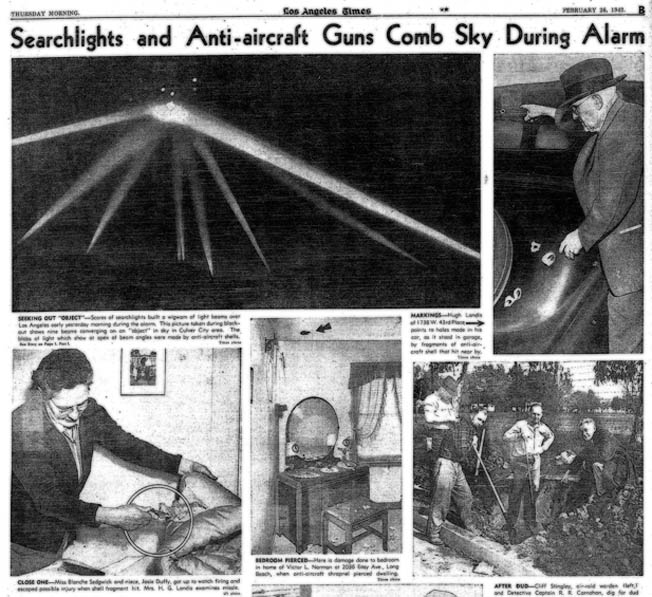
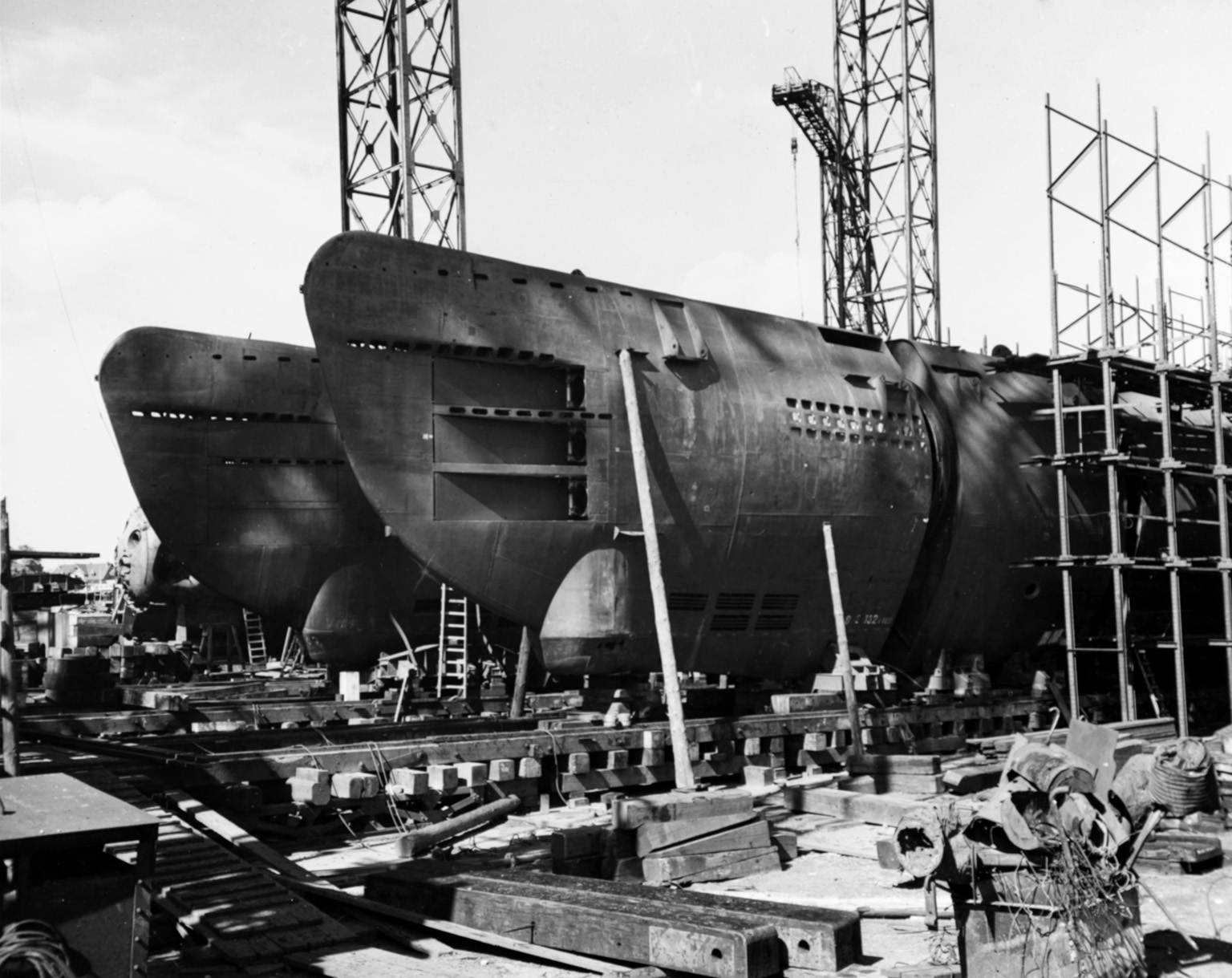
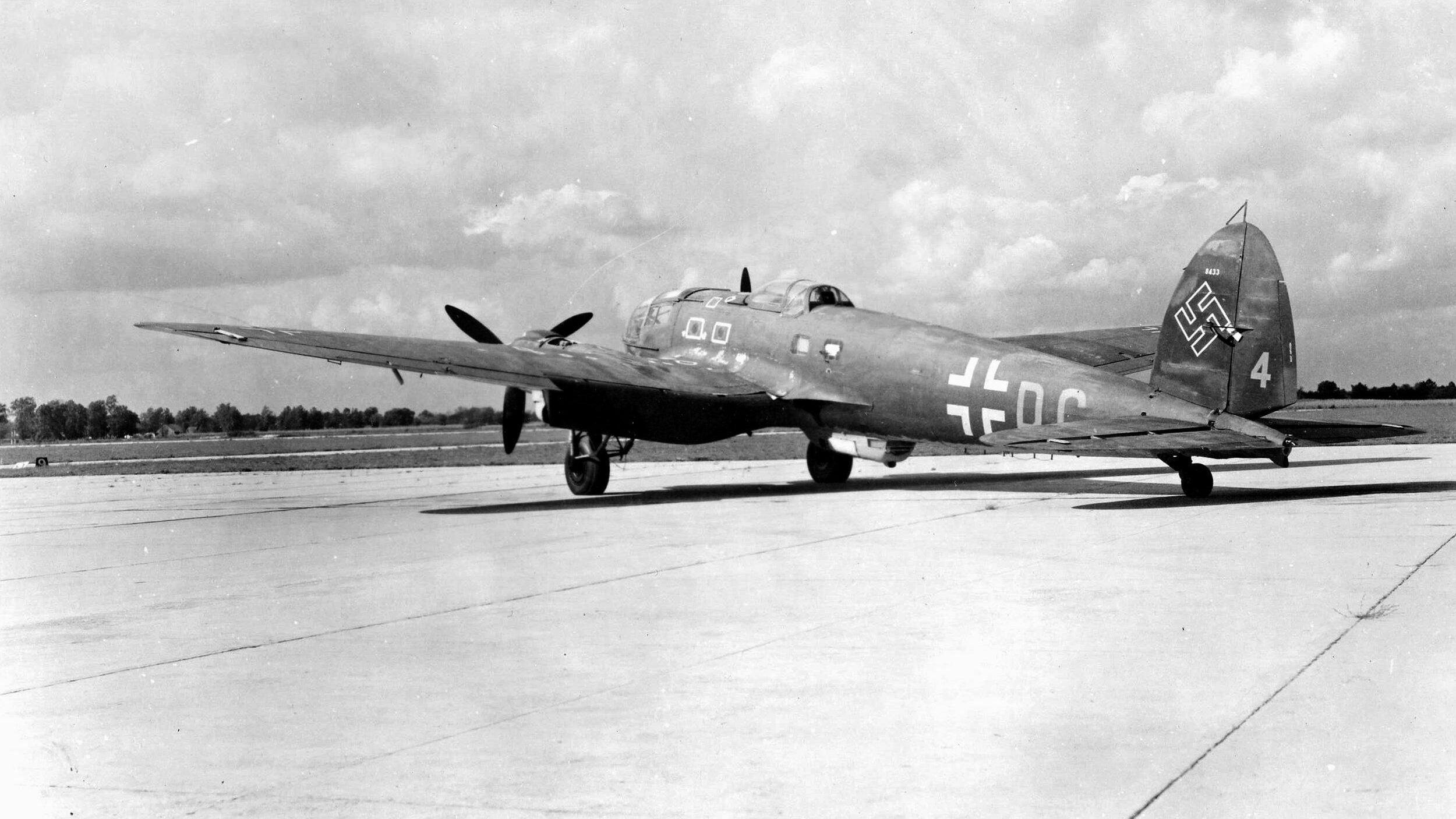
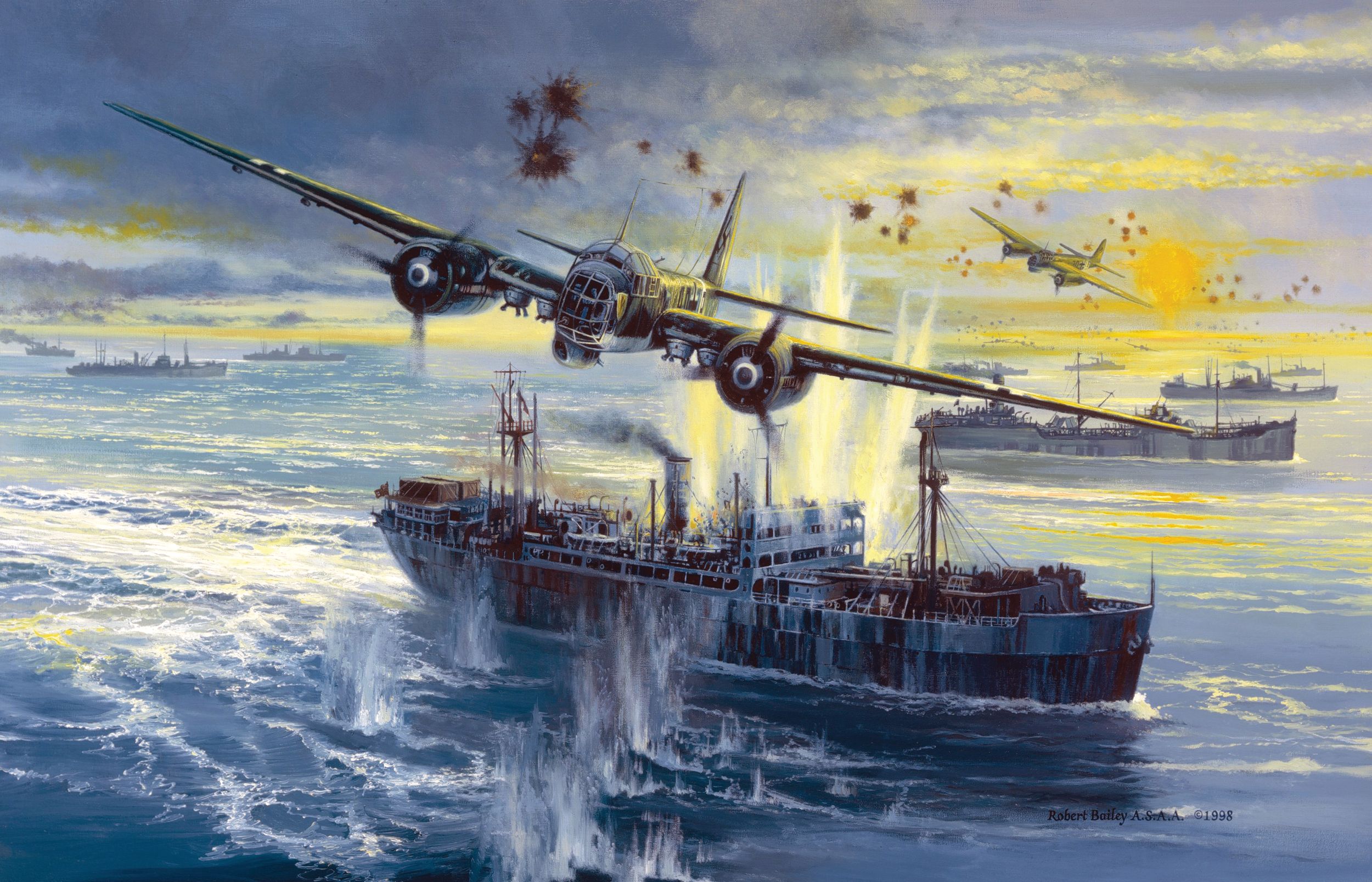
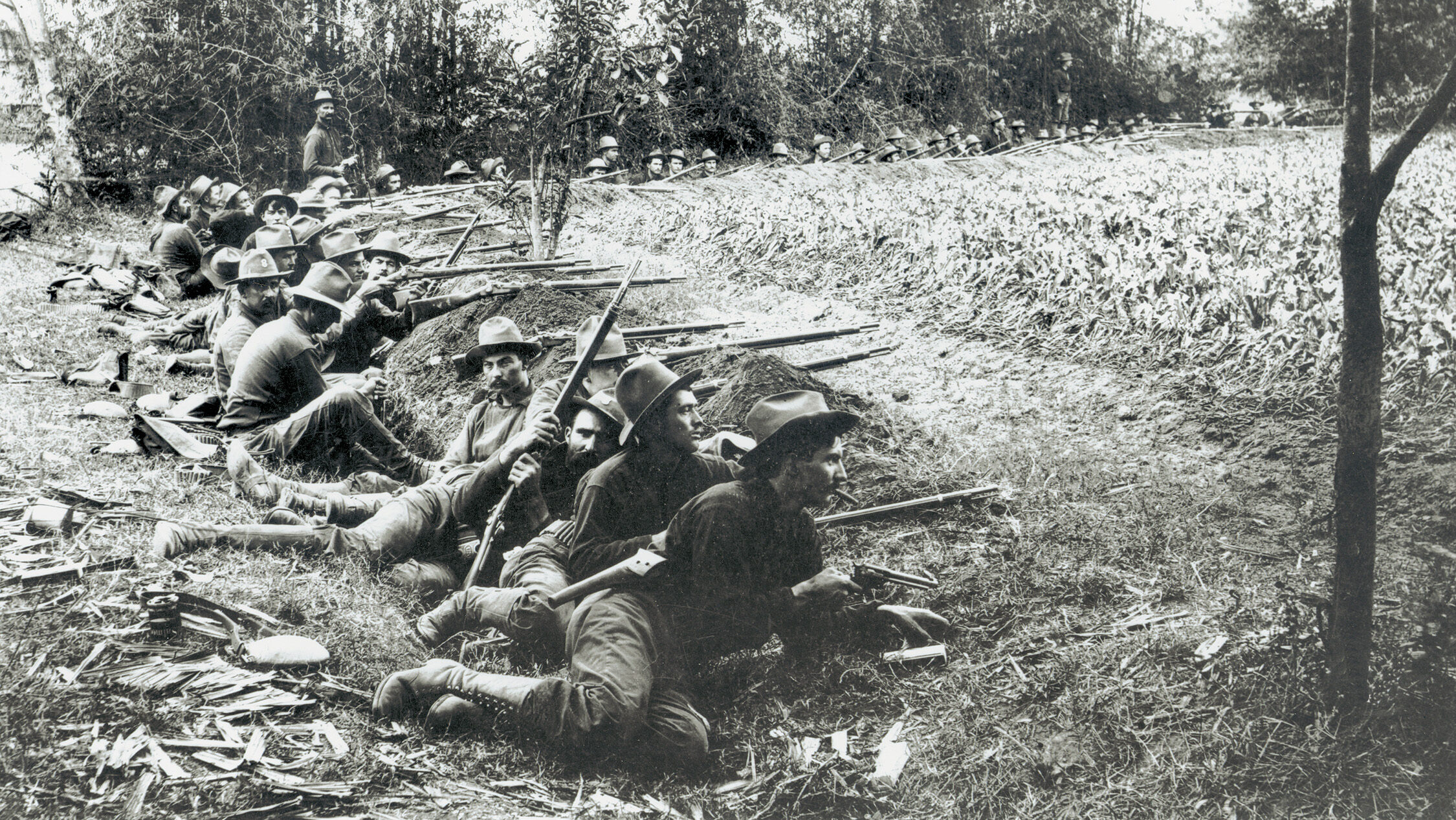
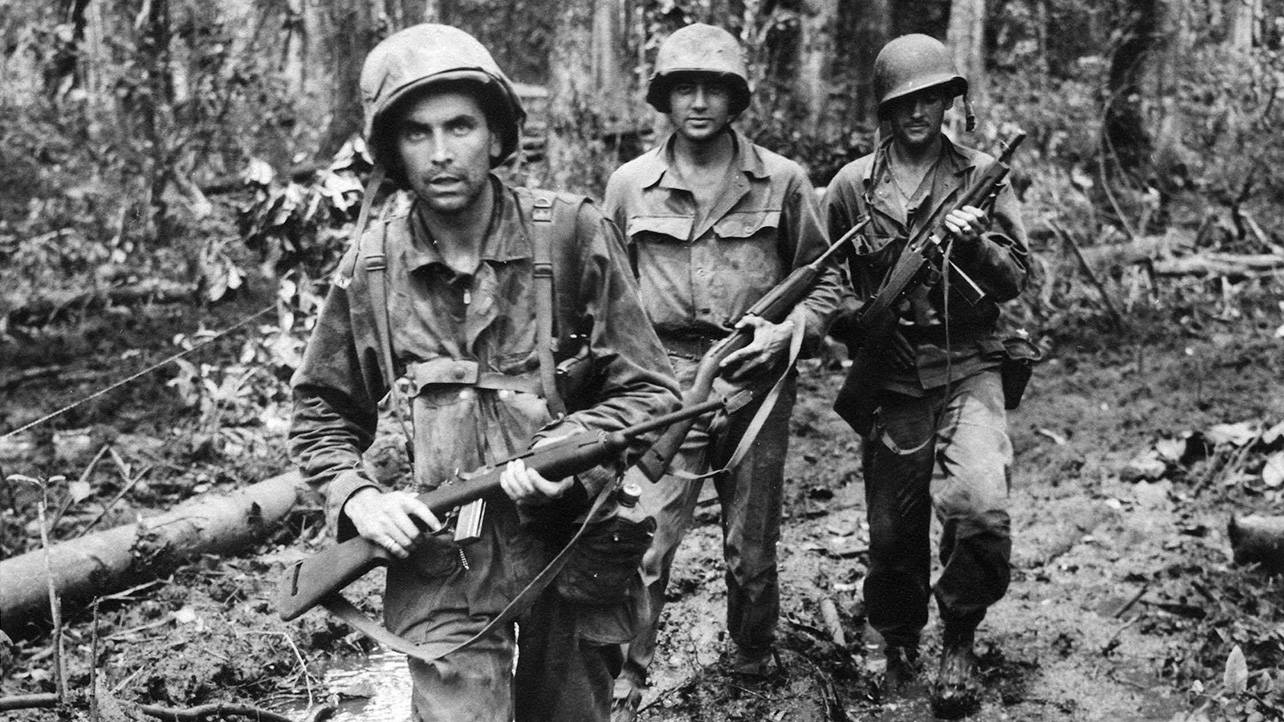
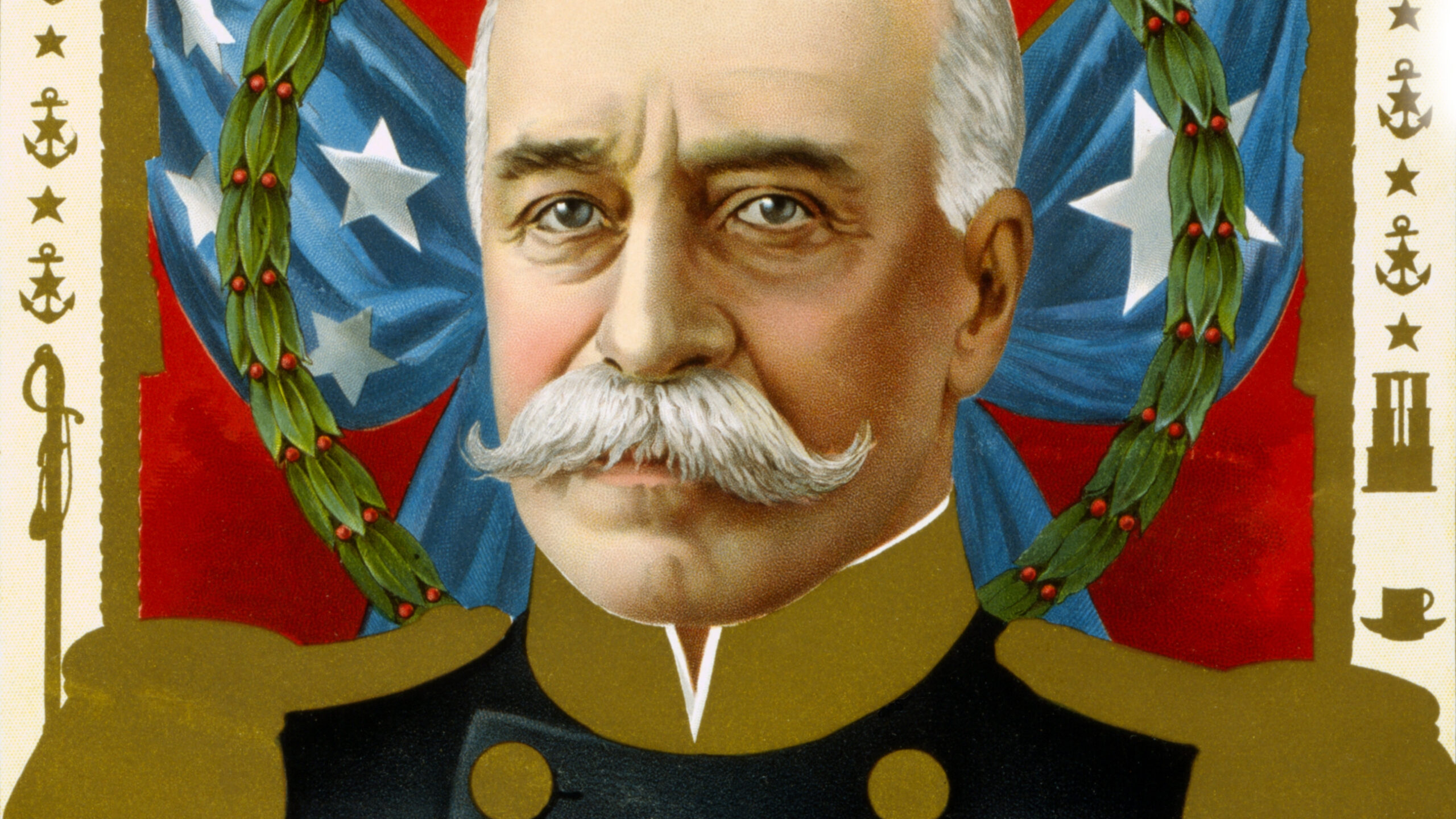
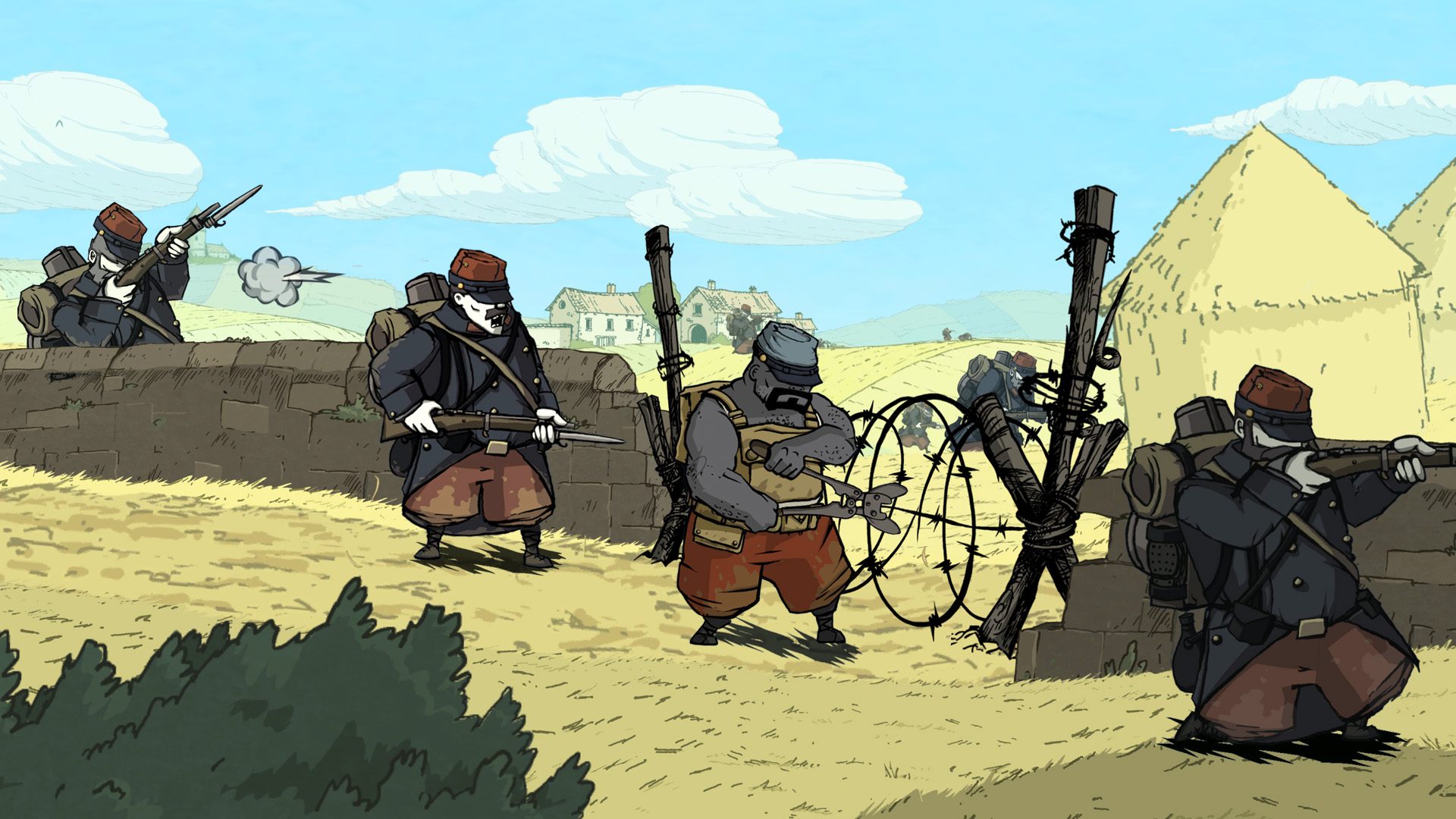
Join The Conversation
Comments
View All Comments